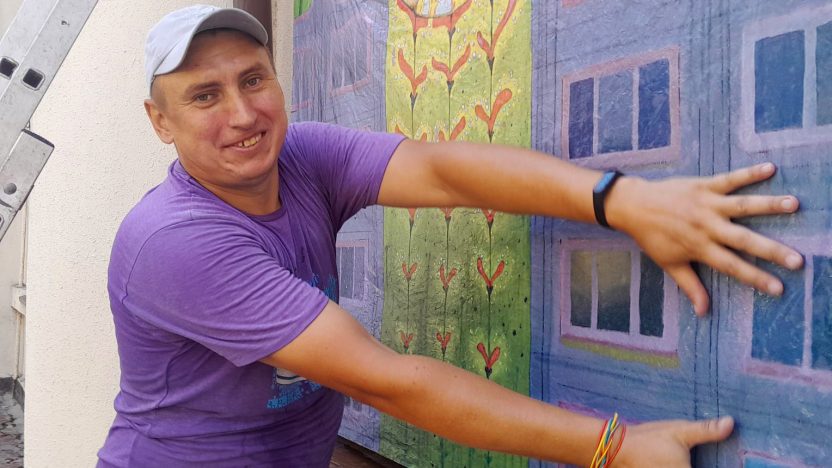The “Afloat” project, supported by the “Social Capital” Program of our Foundation, was not born easily, because it is about Kherson, where the situation is constantly unstable.
It seems to have stabilized after the deoccupation, but shelling continues, from which it is impossible to hide – it flies so fast from the Left Bank that sirens do not help. Visually, Kherson has turned into a “box” – most windows and storefronts are covered with plywood boards, the color of which is associated with desolation. Grass grows everywhere. Photographers are now going to Kherson, because here you can shoot footage of the apocalypse, reminiscent of the city of Pripyat in the Chernobyl zone. However, there are people in the city: there are about 80,000 people left, and they walk the streets and enjoy every glimpse of life.
Also, in Kherson there are those who “got hooked on humanitarianism”, or elderly lonely people who simply have nowhere to go. However, there are also many who do not leave consciously. One of our artists, who was in Kherson during the occupation, said: “We say that Kherson is Ukraine. And if everyone goes, how will we say it? Someone has to stay. I decided that I would be that “someone”. People did not go, because by their very presence they wanted to declare that this is our land, our Ukrainian Kherson.
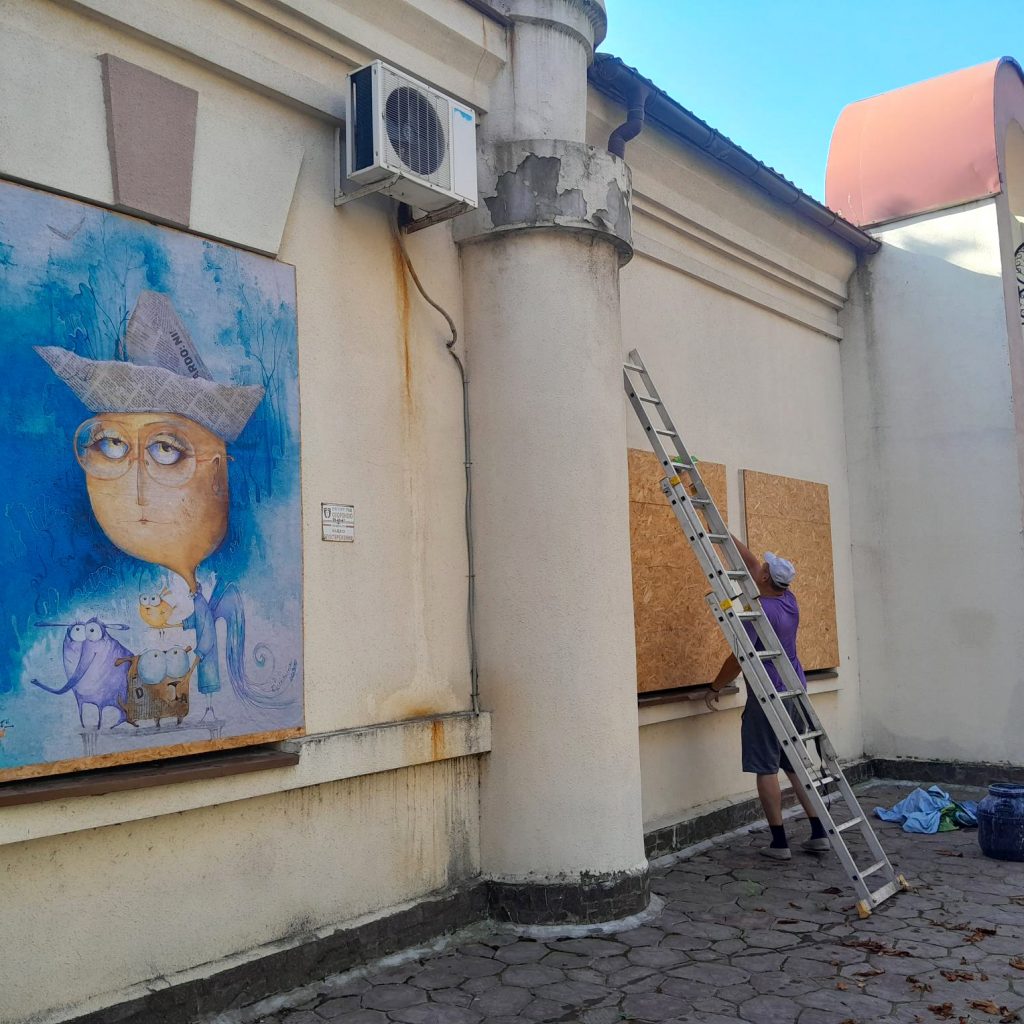
However, it is clear that the 8-month occupation did not go unnoticed. Kherson lost not only material values (museum collections, material base of cultural institutions, schools), but also its human potential.
Olena Afanasyeva, head of the NGO Center for Cultural Development “Totem”, curator of the “Afloat” project: “According to our assessment, 9 out of 10 cultural figures were forced to leave Kherson. The community, which our NGO built for almost 25 years, was torn apart by the war – now Kherson artists are in the status of IDPs in various countries. I can’t even quickly name a country where there are no “ours”. Since April 2022, we have started to bring our community online to somehow reconnect with each other. Now there are more than 50 cultural activists. Together we celebrated the liberation of Kherson. But at the same time, we see that the level of participation in the regeneration of their city is falling – mostly simply because artists do not have a “point of effort”. When we come up with what we can do together for Kherson, the activity increases dramatically, everyone wants to do something for their city, except the humanitarian woman.”
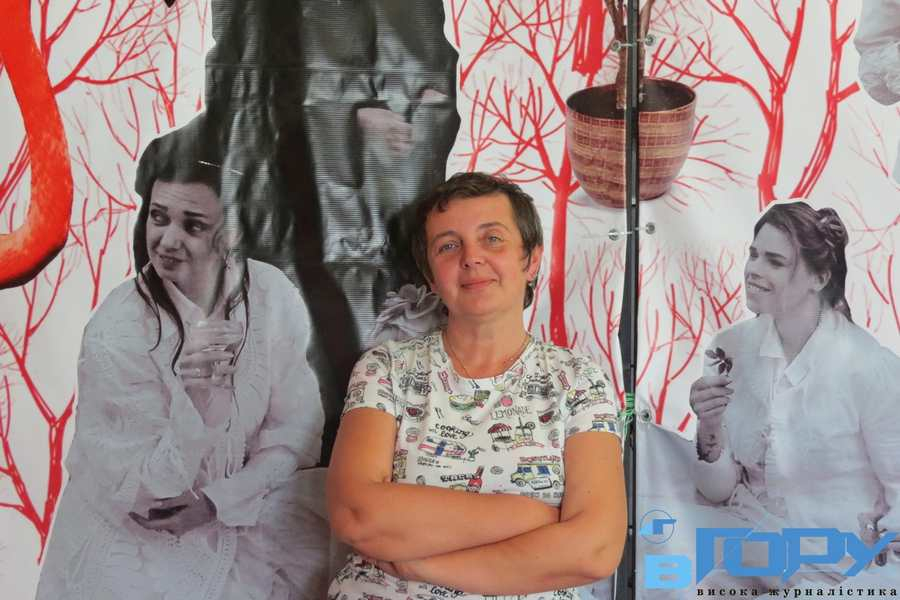
It is really not the right time to restore the work of galleries or cultural institutions in Kherson, but right now it is possible and necessary to restore the presence of our culture in the city – this is what the Center for Cultural Development “Totem” decided. Activists realized that it was necessary to show that the city is alive, it is holding on and waiting to be restored. Actually, for the Kherson creative community, this is not about the return of abstract “life”, but about concrete connections of Kherson residents with their city – not only material, but also cultural – people, audience, friends, familiar locations, shared memories and joint projects.
When the project was already at the start, another disaster happened – the Russians blew up the Kakhovskaya HPP. Several weeks of shock and again working with a humanitarian, it was necessary to help both people and rescuers. But then the artists again returned to the idea of the project, which received a new name – “Afloat”. Because, just like the city, its culture shows incredible resilience.
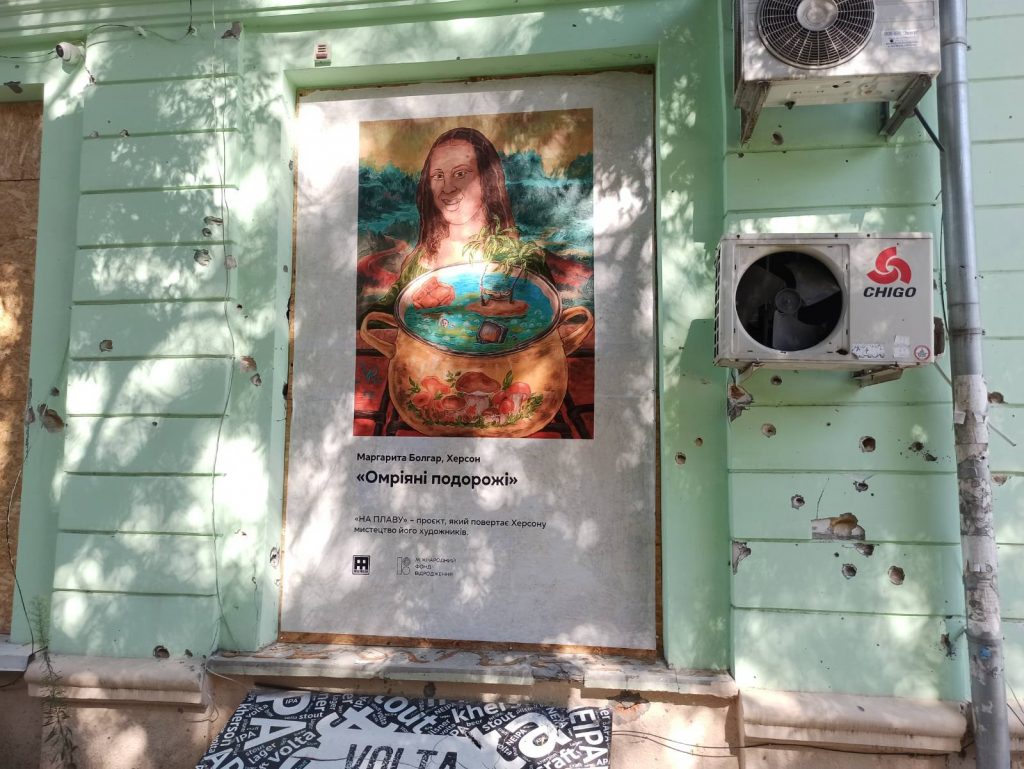
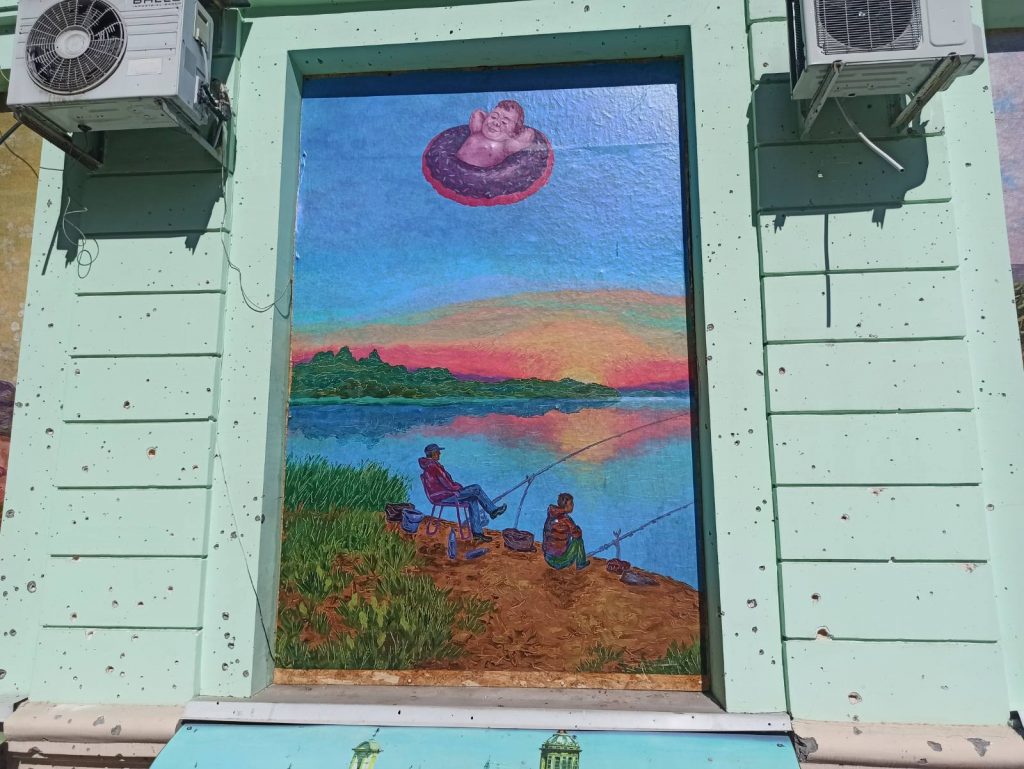
The Center for Cultural Development “Totem” offered artists in Kherson and Kherson artists “in exile” to fill the void of broken windows and shop windows with street exhibitions. Currently, this idea has united more than 50 authors. These are not just pasted posters with artists’ works. The organizers want to implement the site-specific format of exhibitions. An archive of locations where these exhibitions can be located is constantly being collected and updated. The main condition is the interaction of works with the environment. These are not just paintings that appear in the city. Each street exhibition is something personal that the author wants to say to his city here and now.
For example, the artist Anastasia Tereshchenko created a project called “Delivering a photograph”. During the occupation, she gave birth to a daughter, Evdokia, on March 13, 2022. The doctor with whom Nastya was registered asked her to bring her photo after the birth of the child. But the young mother did not have time. Therefore, she decided to place a graphic canvas on the windows of the maternity hospital – a picture on which her husband, the artist Kostyantyn Tereshchenko, depicted their daughter.
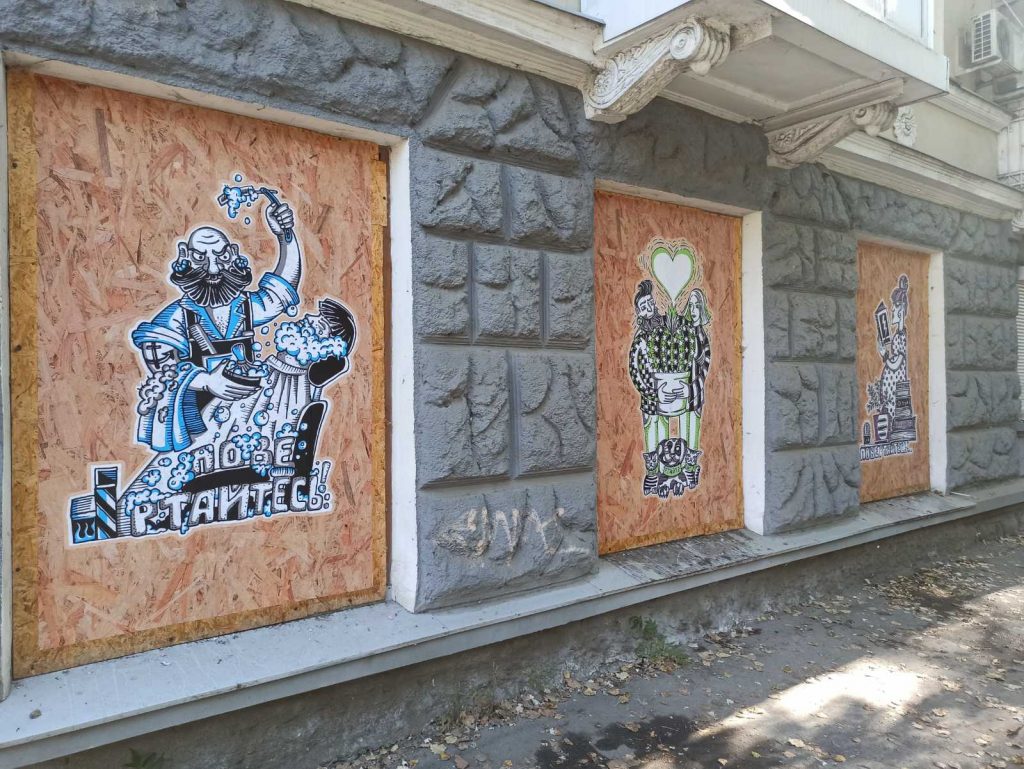
Anastasia Tereshchenko, artist, mother of Yevdokia says: “Very often at gynecologists who manage pregnancy, all the walls are covered with photographs of children. So, at my doctor, with whom I was registered, all the walls were covered with photos of newborns. From these photos, children’s eyes looked at me and I felt as if I heard: they were able to bear us and give birth – and you will be able to. It gave strength and confidence, it was very supportive. Therefore, this tradition of bringing pictures of your babies to doctors is very important.
My doctor also told me: when you give birth, when you come for an examination in two months, don’t forget to bring a photo. I came for the inspection before leaving Kherson, but I didn’t bring the photo – there was nowhere to print it. But even then I had the idea to ask my husband Kostya to draw Dusya and bring his drawing instead of a photo. There was not enough time before departure, and thoughts in the occupation were about something else.”
Artist Oleksandr Tanasiuk, who is currently in Lviv, created his exhibition in the windows of a shop that was taken over by the occupiers. The Russians made their own store there, which they called “Black & White”. The sign still remains, so in his works the artist reflects on black and white as the struggle between Good and Evil, the struggle of opposites, the struggle of light and darkness.
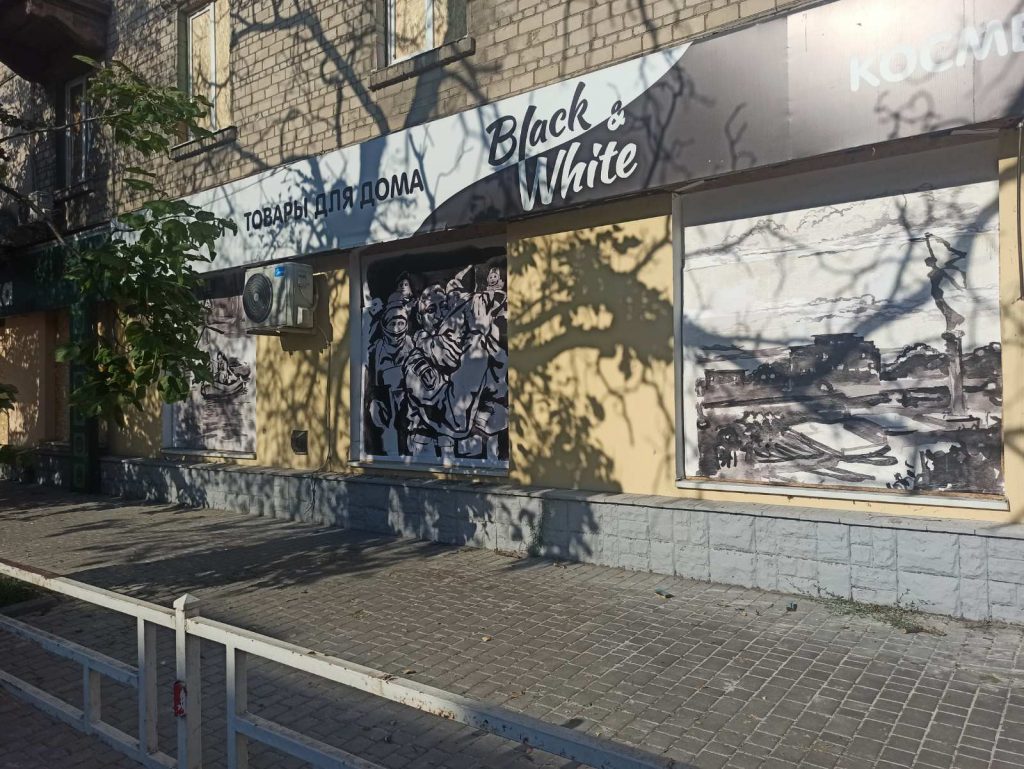
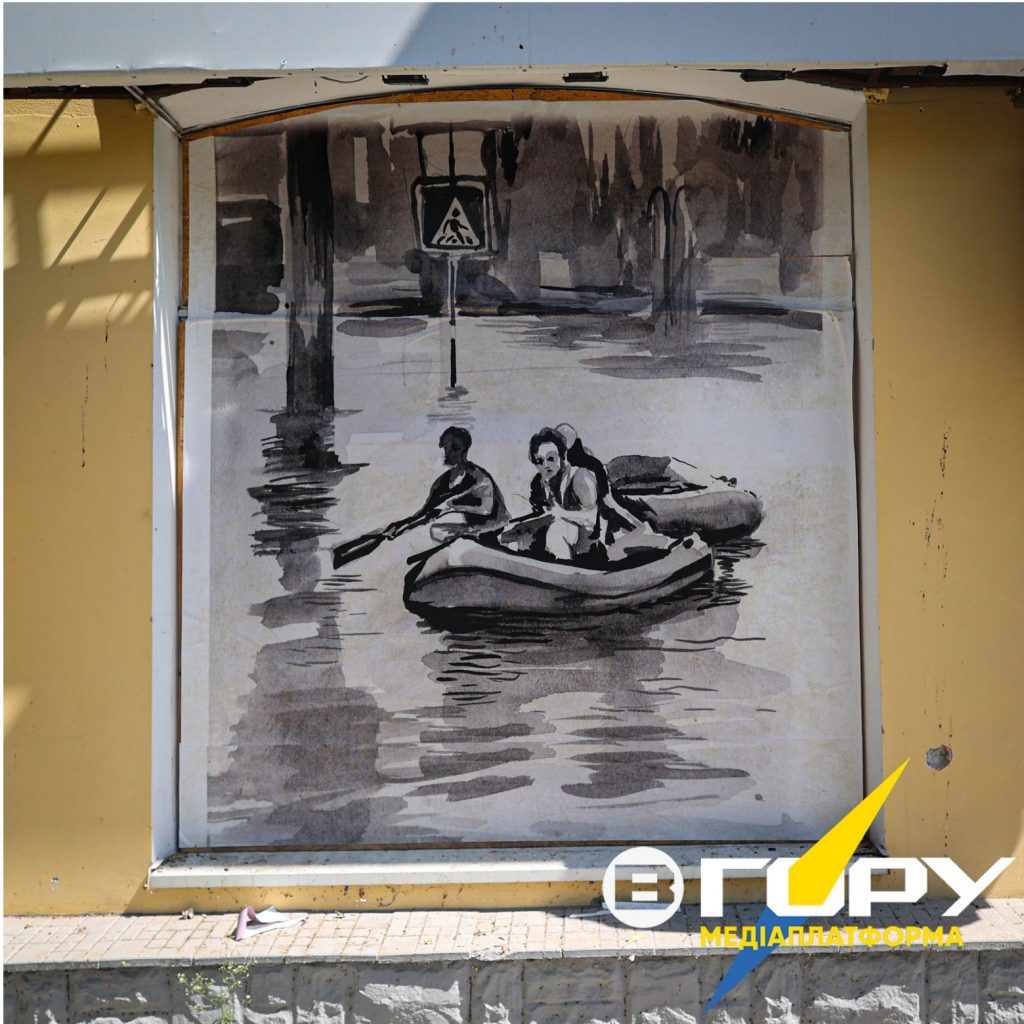
Oleksandr Tanasiuk says: “During the occupation, the Russians tried to convince us that black is white (and vice versa). We didn’t believe them, and the world hasn’t believed them for a long time. But really – in the conditions of their aggression, our reality has become more contrasting. However, even black and white reality remains Ukrainian. Through the darkest night, we see the light. Through the gloom and darkness, familiar faces and the silhouettes of the houses we remember them by appear. Because this is OUR Kherson. And the struggle continues.”
One of the author’s works is a view from the window of “Goncharivka”, the library named after Oles Honchara, where before the war was located the creative workshop “Mayak”, which was created by Oleksandr. Artists gathered here to paint and admire the views of Kherson from the windows of the library. Now the library is not only looted, but also heavily damaged by shelling. Other works are Kherson Liberation Day and volunteers who rescue people and animals during flooding.
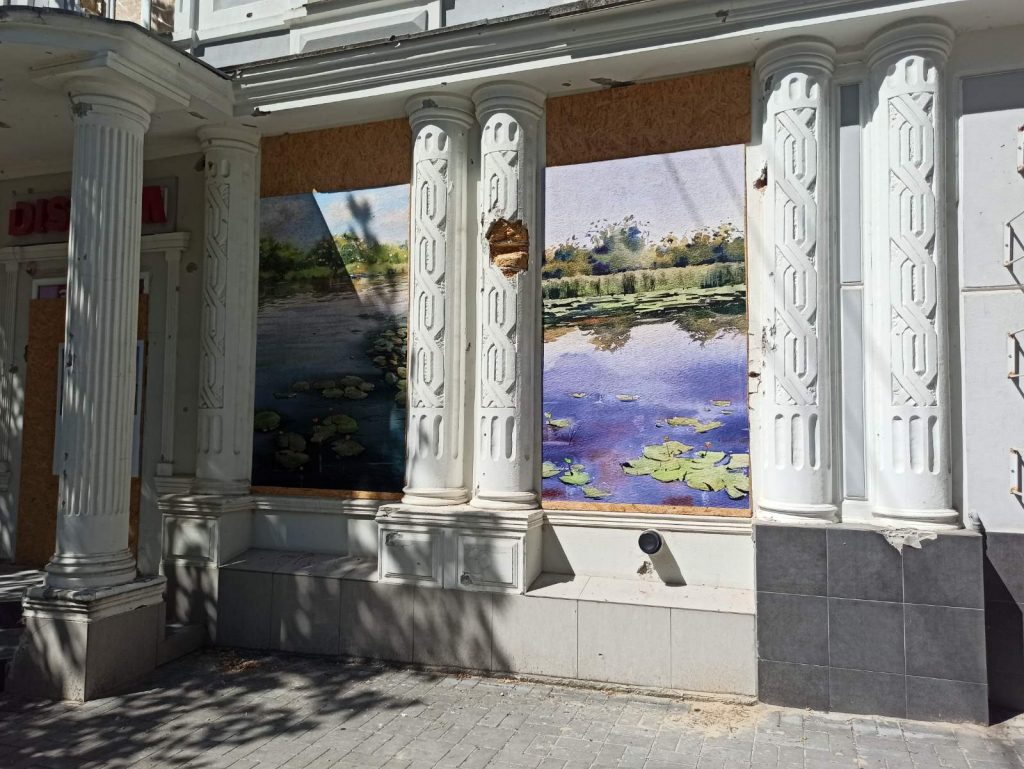
The reactions of Kherson residents to the street exhibitions created by the “Afloat” project were predictable. People are very happy, even though the works of modern artists are sometimes not immediately clear. There is a description next to each work, but people are simply happy that the city is transforming and coming to life. Of course, you could just print posters with flowers or beautiful landscapes – and that would certainly be well received. However, the “FLOAT” project is about something else. This is a project that returns the art of its artists to Kherson.
Author: Olena Afanasyeva

